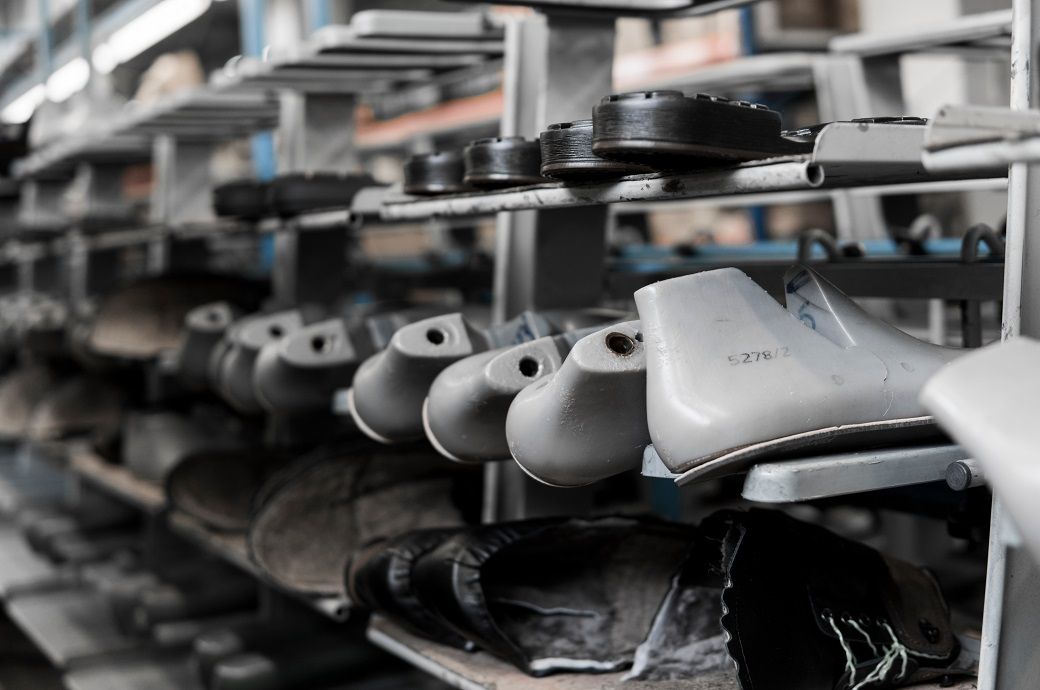
Agra caters to 65 per cent of domestic footwear demand and churns out 0.9 to 1 million pairs of footwear every day. The city has 6,821 footwear manufacturing units—both formal and informal.
The study report was recently released by CSE in Agra at a stakeholder conference organised in association with the city’s municipal corporation.
Speaking at the event about the genesis of the research study, Atin Biswas, programme director of CSE’s Solid Waste Management and Circular Economy unit, said: “CSE has been working closely with the Agra Municipal Corporation to devise solutions for managing the historic city’s municipal waste. As part of this association, CSE undertook this year-long research to assess the ground reality of footwear waste management in Agra.”
“Typically, footwear waste includes a very diverse range of waste items from leather, textile (polyester, viscose), synthetic polymers (polyvinyl chloride, ethyl vinyl acetate (EVA), styrene butadiene rubber (SBR), polyurethane (PU) and thermoplastic elastomers), hazardous wastes (foam soaked in adhesive solution), cardboard, metal and fines. Of the total quantum of footwear waste generated, over 31 tonnes per day is contributed by the formal manufacturing industries; more than 13 tonnes comes from the informal manufacturers who run their businesses from homes,” said Kuldeep Choudhary, programme officer and the lead author of the CSE report.
The report says that the municipal corporation is able to collect about 57 per cent of the footwear waste generated by the home-based informal sector; the remaining 43 per cent is littered across the city in drains and open spaces or event burnt.
The formal manufacturing units have reportedly tied up with formal and informal waste dealers and management professionals to manage their waste.
The Agra Municipal Corporation will review the report, and initiate short-, medium- and long-term actions to more efficiently manage the pre-consumer footwear waste in the city, a CSE release said.
Fibre2Fashion News Desk (DS)